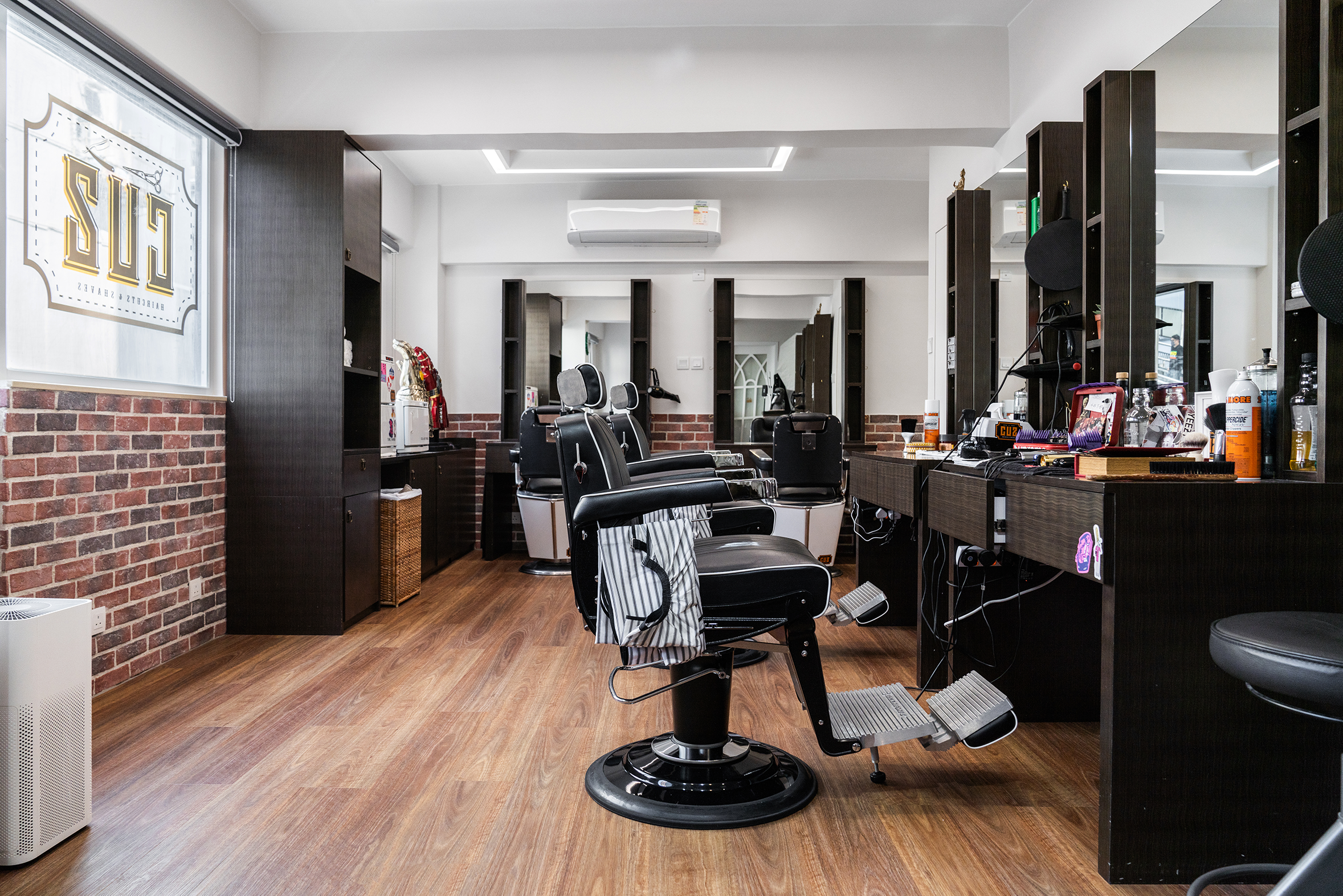Ensuring Patron Wellbeing By means of Effective Wellness and Security Regulations within the Grooming Industry
The hair grooming industry holds a crucial position in individual care and self-care. Nonetheless, it is vital to prioritize the health and safety of both clients and stylists in this setting. Robust sanitation and protection regulations are crucial for maintaining hygiene standards, preventing accidents, and ensuring a favorable interaction for everyone involved. By following these regulations, professionals can establish a safe environment that encourages confidence and ease among clients.

One critical component of well-being and hygiene in barbering is sanitation. Barbers must comply with rigorous cleaning practices, including frequent disinfecting of tools and stations. This involves sanitizing scissors, clippers, and combs after every use to remove the possibility of transmitting germs or infections. Additionally, barbers should use sanitized gowns and linens for each individual to promote a sanitary environment. Applying these practices not only protects customers but also boosts the credibility of the grooming establishment.
Another important requirement focuses on the safe management of substances used in hair treatments. Products such as hair dyes, relaxers, and other styling agents can present hazards if not handled correctly. Barbers must adhere to protective protocols for the containment and use of these chemicals to prevent dermal reactions or allergic reactions among customers. Wearing gloves and providing adequate ventilation during treatments are crucial measures that professionals should take to ensure client well-being while offering high-standard services.
Accident prevention is also a vital element of wellness and security regulations in barbering. Barbershops should be designed barber shop scalp treatments with safety in mind, minimizing hazards such as slippery floors or disorganized areas. Team members should be trained in emergency procedures, including how to handle cuts or burns that may occur during service. Providing first aid kits and ensuring that all staff members know their locations is an effective way to anticipate unforeseen events. By emphasizing preventative actions, practitioners can maintain an atmosphere where patrons feel retro men's haircuts safe and well-attended.
Lastly, clear interaction is essential to supporting customer safety in the grooming profession. Stylists should consult patrons about their preferences and any potential concerns associated with the services offered. This includes discussing allergies to products or previous adverse reactions experienced by clients. By fostering honest dialogue, professionals can develop trust with their clients while ensuring that they receive personalized care aligned with their unique needs. Ultimately, prioritizing health and safety regulations will result in enhanced customer experience and a successful barbering business.